China's SAIC Sells More Cars Than All Of Germany

China’s SAIC is basking in the glow of another bang-up quarter. China’s biggest automaker told Reuters that their first-quarter net profit rose more than four times from the year-ago result. Detailed numbers will be released with SAIC’s full first-quarter earnings report on April 28. Keep in mind that last year’s results already were 9 times those of 2008. In March, SAIC sold 336,387 units, sales for the first quarter were up 64 percent from a year earlier to 891,795 units. To put it into perspective: All of Germany sold 670,410 cars in the first three months of 2010. SAIC singlehandedly outsold Germany by 221,385 units.
SAIC is a joint venture partner of China’s two best-selling brands, Volkswagen and GM. SAIC also builds home-grown cars, and cars based on acquired Rover/MG technology.
Speaking of GM, SAIC completed this week a small share right restructuring in the joint venture with GM. SAIC Motor Corp has acquired an additional 1 percent stake from Shanghai GM for a paltry sum of $84.5m. With 51 percent on their side of the shareholder list, SAIC is now the majority stockholder in the joint venture.
The move allows SAIC to book the profit from the joint venture on SAIC’s income statement, reports Gasgoo. Nevertheless, we bet you yuan to spring rolls that GM will continue bragging about the profit in China, and will stick with the dubious practice of counting all Chinese sales, especially those in the minority owned SAIC-GM-Wuling joint venture as theirs. They already did.
While publicly traded, SAIC is government owned. Shanghai GM now has the dubious honor of being owned by two governments: China’s government 51 percent, U.S. government 49 percent.

Bertel Schmitt comes back to journalism after taking a 35 year break in advertising and marketing. He ran and owned advertising agencies in Duesseldorf, Germany, and New York City. Volkswagen A.G. was Bertel's most important corporate account. Schmitt's advertising and marketing career touched many corners of the industry with a special focus on automotive products and services. Since 2004, he lives in Japan and China with his wife <a href="http://www.tomokoandbertel.com"> Tomoko </a>. Bertel Schmitt is a founding board member of the <a href="http://www.offshoresuperseries.com"> Offshore Super Series </a>, an American offshore powerboat racing organization. He is co-owner of the racing team Typhoon.
More by Bertel Schmitt



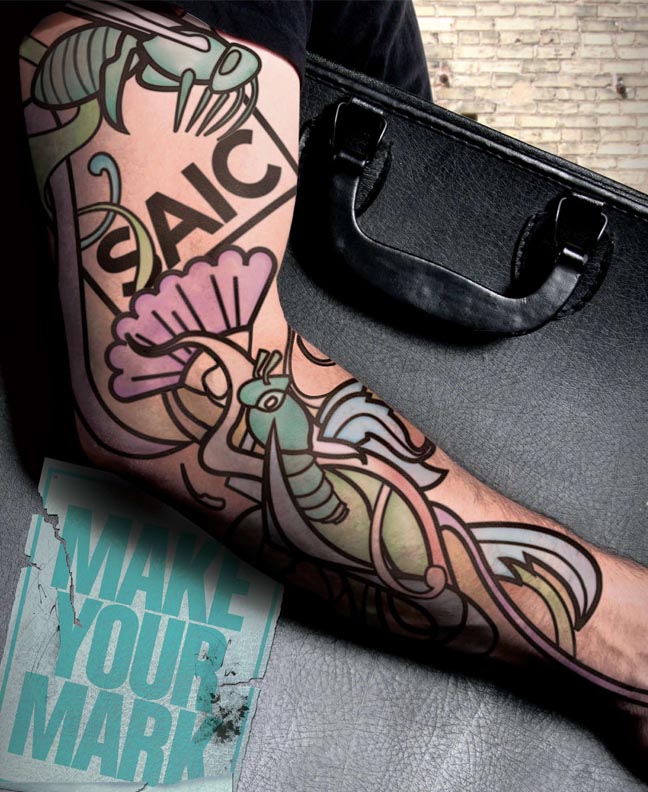













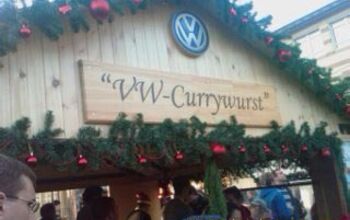
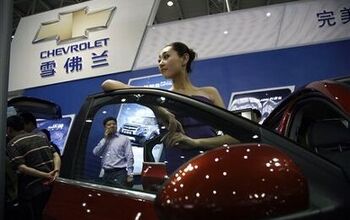
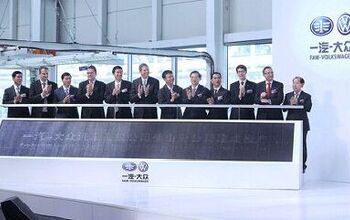
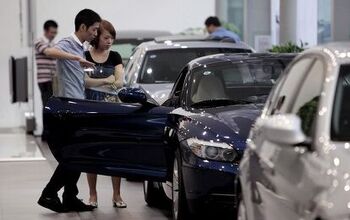
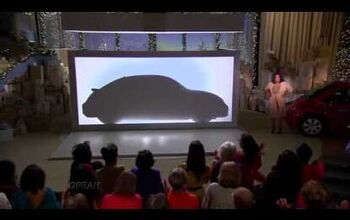
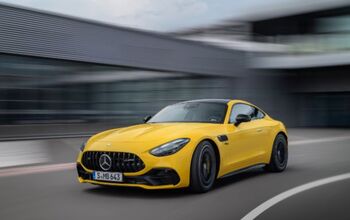
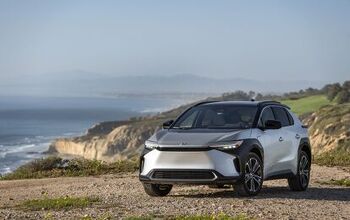
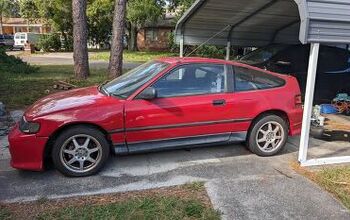
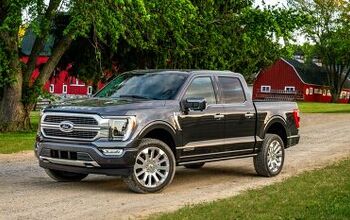
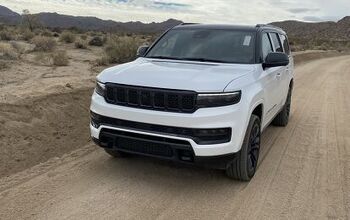

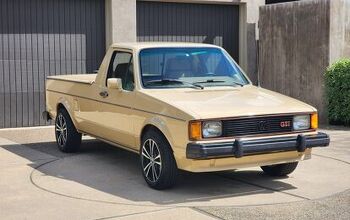
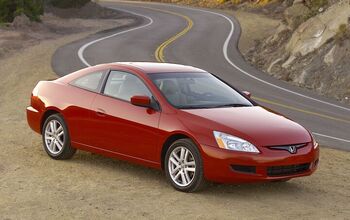
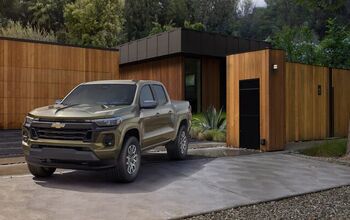
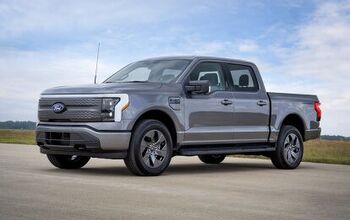

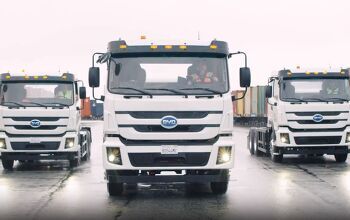
Comments
Join the conversation
Even SAIC's own brands are beginning to thrive right now. SAIC have shipped 100,000 Roewe 550's since launch. That may not sound impressive until you realise it's only been on sale for about 6 months or so and Roewe is starting from 0 sales.
Man, with China's auto industry growing like crazy, I'm beginning to think there have been some changes in China since Pearl S. Buck wrote "The Good Earth."
There aren't direct restrictions (anymore), but they have undervalued currencies, high gas prices (high gas tax), inspections, taxation, etc. which makes American cars prohibitively expensive and otherwise hard to sell. The ratio of American cars exported to Japan to Japanese imports here is close about 1:400. That is no accident.
I live in Tokyo and am European. My wife is Japanese. I would never buy a U.S. car here but it is nothing to do with the cost or import restrictions. They just don't offer attractive cars here in either cost or style terms. If I want a fuel-efficient, practical small car there are dozens of better Japanese choices. If I (or my wife) want something a bit more stylish, then it is the European brands: I'd get a BMW 1-series, Audi A3, or even Alfa 147, which seems popular here (actually, we'd wait for the new Guilietta). If I want something larger, the same European brands would appeal--perhaps one of the dozens of sporty wagons available here. The U.S. brands, though, just don't cut it. Occasionally, I see Cadillacs here and am appalled by the styling. I like some of the European Ford models but, having grown up there, they don't stand out for me. I'd rather get the Mazda. My wife, meanwhile, has zero interest in U.S. brands. Cars in Japan tend to be either a luxury good (which means European) or a practical economic runaround (kei cars or small cars, which means Japanese).